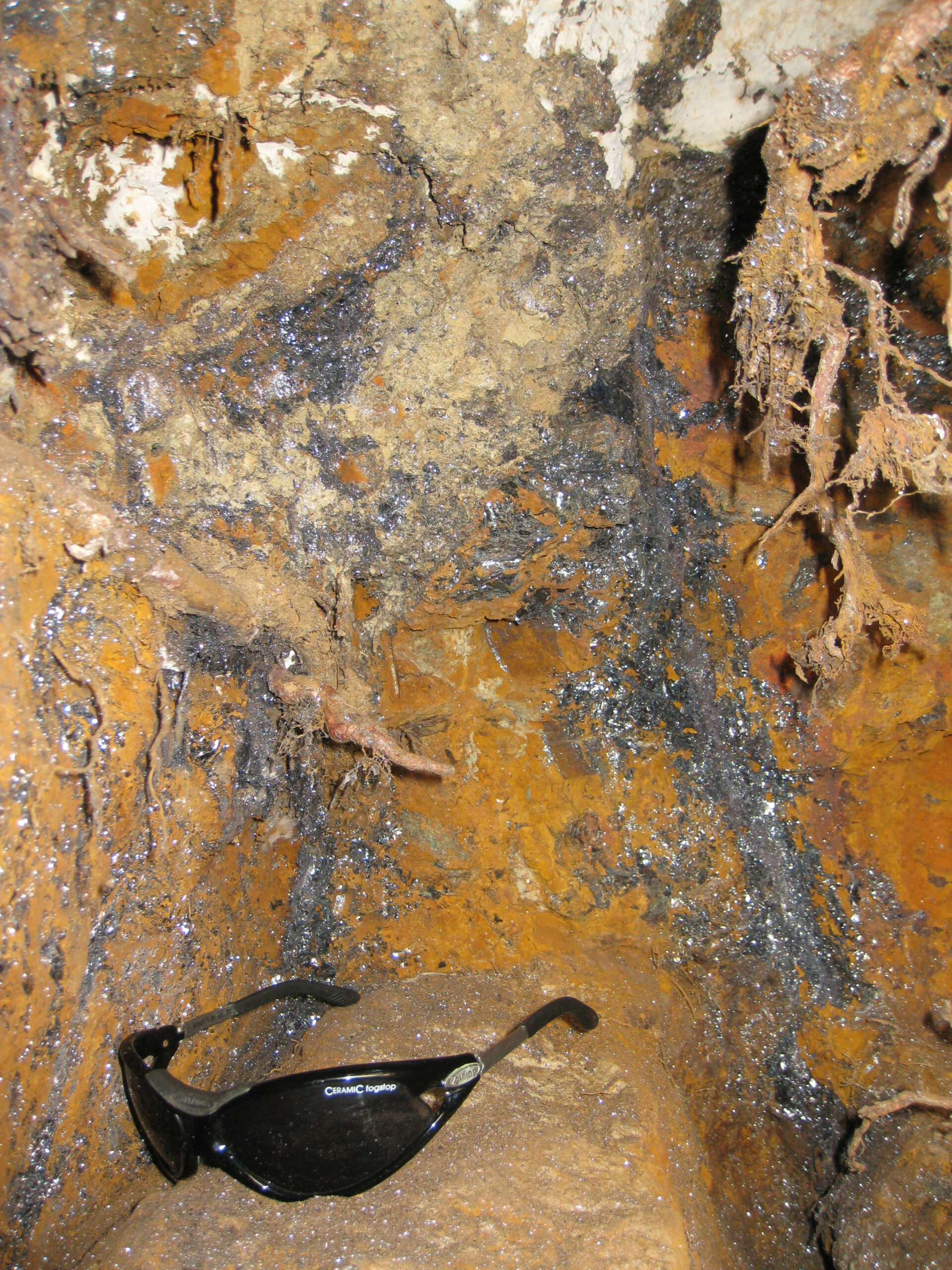Lehen - Roche moutonnée
Roche moutonnées are landscape elements formed by Ice Age glaciers. As the glacier advanced, the subsoil was “run over” and eroded in the process. However, if the rock was too stable, it was only made finer and ground down. Where the glacier flowed onto the solid rock, it was flattened, known as the rearward or outflow side, and very steep.
The latter happened because large parts
of rock often clung to the ice and were blasted out as a result. Roche moutonnées are among the typical forms of the moraine landscape.
The same thing happened here! The wooded hilltop north of the village of Lehen consists of hard and tough iron carbonate. It was carved out as a roche moutonnée by the Salzach Glacier during the Ice Age around 20,000 years ago. While the glacier eroded the surrounding soft rock (shale, phyllite), the Härtling (harder rib) remained and is preserved to this day.
The small hematite quarry (Fe2O3) likely dates from the first half of the 19th Century. Back then, up to 30 small trades, mostly part-time farmers, delivered the iron ore dug in small mines to the Flachau ironworks.
Kids
Good luck!
The miner's greeting "Glück auf" comes from the time when many people worked in mines. A mine is a place where valuable materials such as coal, copper or other metals are searched for deep underground. The work there was very hard and dangerous.
The miners used to say "good luck" to each other because they wished each other good luck. They often had to climb into dark and deep tunnels to find the valuable metals, and there were many dangers involved. For example, parts of the mine could collapse or there could be poisonous gases in the air.
With "Glück auf", the miners hoped that they would return safely from the mine and also successfully find valuable treasures. It was therefore a wish for safety and success.
Today, "Glück auf" is still said by miners and also by people who remember this old tradition. It is a greeting that miners still use to wish each other safety and luck while working underground.
Good luck!
The miner's greeting "Glück auf" dates back to a time when working in the mines was still widespread. Working in mining meant searching deep underground for valuable raw materials such as coal, silver, copper or other metals. This work was dangerous and strenuous, as miners often worked in dark, narrow tunnels where there were many risks, such as cave-ins or toxic gases.
The saying "Glück auf" had a special meaning for the miners. Here, "Glück" stands for the luck and success that the miners needed to find valuable raw materials. In this context, "Auf" means the opening or opening up of a new tunnel or a new shift in the mine. The greeting "Glück auf" therefore wished the miners the luck and success they needed to successfully open up new areas in the mine and return safely.
In addition, "Glück auf" also expresses the wish that the miners return to daylight in good health after their dangerous work. The miners knew that their work was very risky, and so "Glück auf" became a sign of camaraderie and mutual support. Nowadays, "Glück auf" is still used by miners and also by people who honour the tradition of mining.
Good luck!
The origin of the miner's greeting "Glück auf" lies in the tradition of mining, which has a long and distinguished history. The greeting originated at a time when working underground was one of the most dangerous and challenging activities.
In mining, "luck" is a central concept. The miners needed a lot of luck to come across rich ore deposits. Without this luck, they would have done many hours of hard and dangerous labour for nothing. The word "on" refers to the "opening up" or "opening" of new veins of ore or tunnels in the mine. A new tunnel could bring either great wealth or great danger. The greeting "Glück auf" was therefore a wish that the opening of new tunnels would be successful and safe.
Working in the mines was very dangerous. There was always the risk of cave-ins, explosions caused by methane gas or water seeping into the tunnels. The miners therefore not only wished themselves success at work, but also a safe return to the surface. The greeting "Glück auf" was also a sign of solidarity and cohesion among the miners. In such a dangerous environment, it was important that the workers supported and looked out for each other.
Today, "Glück auf" is still used in mining regions and by people who feel connected to the mining tradition. It serves as a reminder of the hard and dangerous work of the miners and of the values of solidarity and mutual support.


